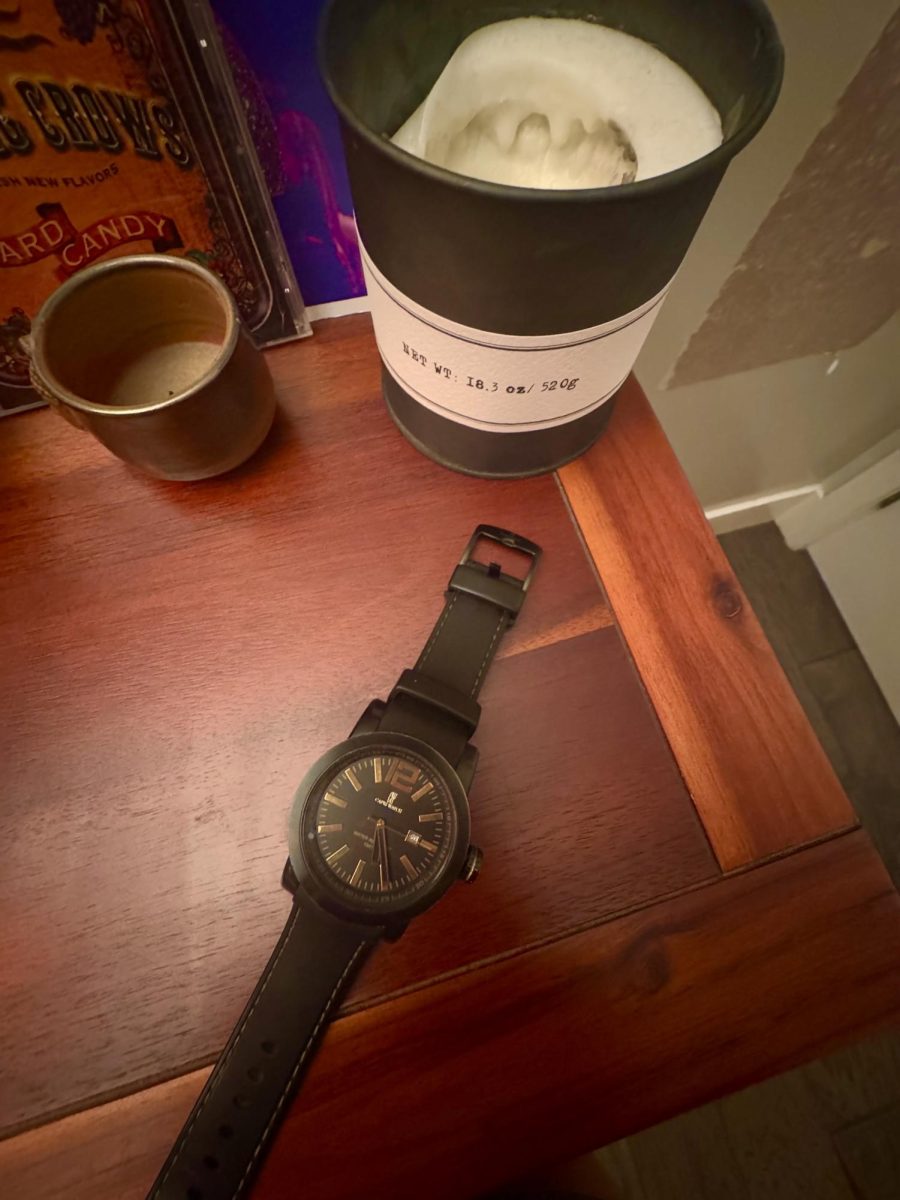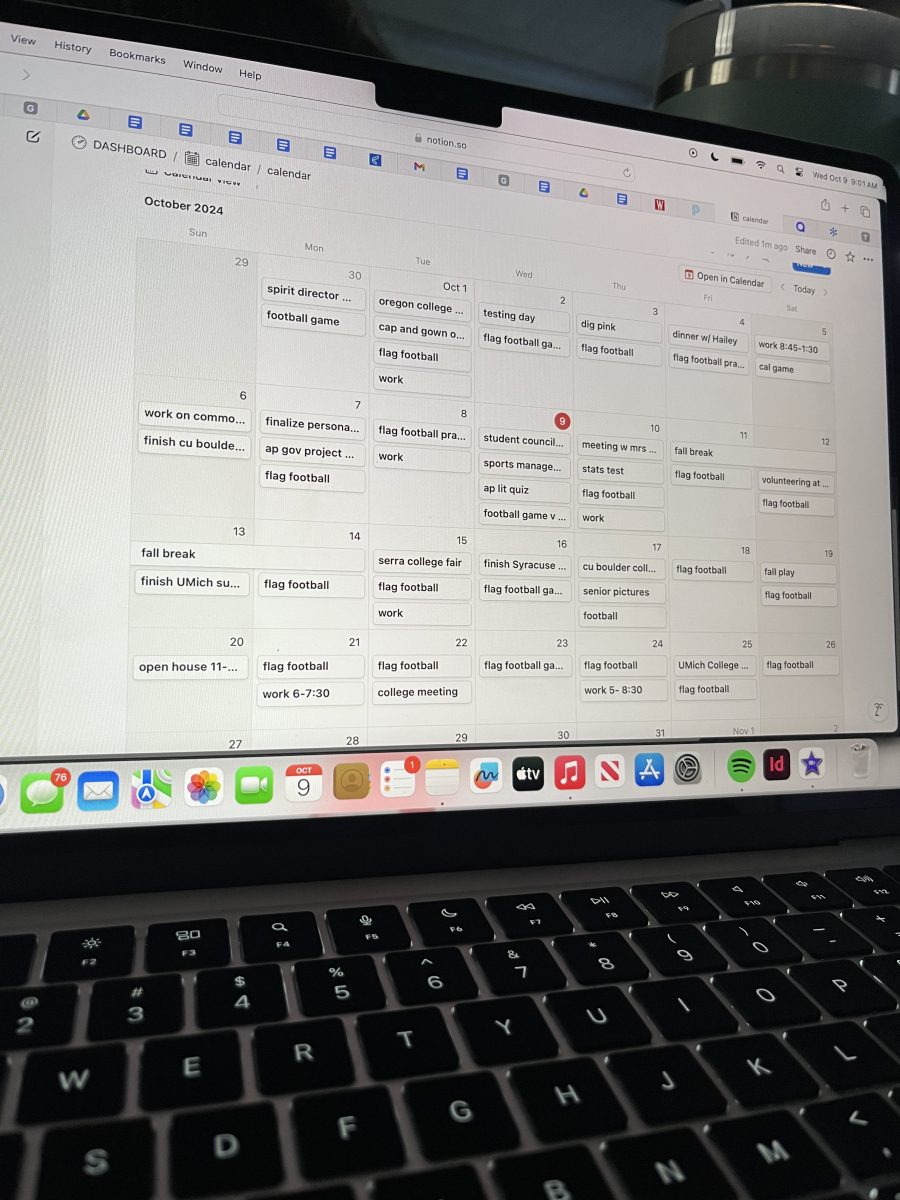Every first Sunday of November at 2:00 AM, the clocks turn back one hour. This is Daylight Savings Time. In the spring and summer, the clocks are set forward by one hour to save energy on light, and for the fall and winter they are moved back an hour. This change in time causes the sun to be setting earlier in the winter, with the U.S. becoming dark at around 5:30 PM rather than 7:30 PM, like in the summer.
Daylight saving has been around for a long time, and has been affecting people’s sleep patterns and internal clocks for decades. Everyone’s body has an internal 24-hour clock, telling them when to eat, sleep, and do activities. Our body’s clock is based on the time and when the sun sets and rises. When daylight savings comes along every spring and fall to change up the time our bodies are affected by it, similarly to how they are affected by jet-lag.
There have been debates over time on whether or not daylight savings should even be a thing to begin with. This can be especially important for students considering we adapt to time schedules and sleeping arrangements in order to perform well in school and athletics. Although the winter does technically give an ‘extra’ hour in the day, the adjustment still affects our bodies.
In the winter with the clocks being set forward one hour, the sun begins setting at around 5 o’clock. This makes things like after school activities and sports more complicated, especially for those doing outdoor sports since the sun will be gone. The change with it being dark earlier also makes our bodies start to shut down into sleep mode sooner.
Sophia Adao shared how her sleep schedule is affected “With the sun coming up earlier I am able to wake up earlier, and as the sun sets earlier I get tired earlier. When the sun is awake I am awake.”
Daylight savings comes around twice a year. It will be interesting to see whether or not the rules on the clocks calendar will change.







